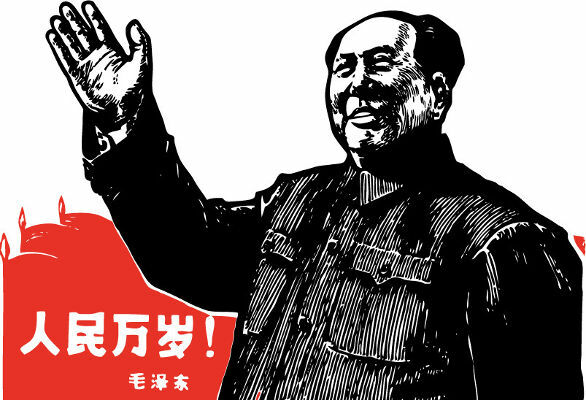Romania was one of the few member countries of the Soviet bloc where there was bloodshed in the transition of regimes. In December 1989, a popular uprising started in the city of Timisoara took shape, giving way to Romanian Revolution 1989, putting an end to the Communist Party regime.
Romania approached the Soviet regime in 1947, when the Romanian Communist Party won the elections, forming a People's Republic that forced the abdication of King Michael who took refuge in exile.
From the 1960s onwards, the Romanian Communist Party's policy distanced itself from the USSR, especially after Nicolau Ceausescu's rise to power in 1967. Ceausescu refused to support the Soviet invasion of Czechoslovakia in 1968. These positions made the West avoid direct opposition to the Romanian regime. However, Ceausescu maintained a repressive dictatorship in Romania, guaranteed by the violent action of espionage and repression by the political police, the Securitate.
In addition to the repression and despite foreign investment in the 1970s, a harsh economic crisis in the 1980s, which provided the growth of dissatisfaction against the regime of Ceausescu. In the city of Timisoara, capital of Banat, a demonstration that took place on December 16 was harshly repressed by the Securitate, resulting in dozens of deaths. After what happened, the inhabitants of the city revolted against the Ceausescu regime.
In five days, the revolt spread to other cities in the country, reaching the capital, Bucharest. In an attempt to allay grievances against his regime, Nicolas Ceausescu called for December 21 of 1989 a demonstration to demonstrate that there was still popular support to remain in power, but the shot went off by breech. Ceausescu was the target of numerous boos, and the revolt intensified.
Do not stop now... There's more after the advertising ;)
A mob invaded the streets of Bucharest, and Ceausescu took refuge in the headquarters of the Communist Party. With the headquarters of the Romanian CP invaded by the revolting population, Ceausescu and his wife, Elena, tried to flee the building by helicopter. However, the population managed to catch them. The two were summarily convicted and executed on December 25, 1989.
After these executions, a National Salvation Front was formed, composed of ex-communists and reformers. In the early 1990s, a popular vote elected Iliescu as the country's president. In addition, the Communist Party was outlawed and Ceausescu's most unpopular measures, such as banning abortion and contraception, were repealed.
The end of Soviet communism in Romania differed from other Eastern European countries in that it occurred through a popular uprising and bloodshed. It is estimated that around one million people died during the crackdown on the demonstrations. Ceausescu was executed and replaced, but not many of the people who occupied the state apparatus were replaced. This situation even today raises a debate in the country whether or not there was a revolution in 1989.
* Image Credits: Kiev. Victor and Shutterstock.com
By Tales Pinto
Graduated in History
Would you like to reference this text in a school or academic work? Look:
PINTO, Tales of the Saints. "The Fall of Ceausescu and the Romanian Revolution"; Brazil School. Available in: https://brasilescola.uol.com.br/historiag/a-queda-ceausescu-revolucao-romena.htm. Accessed on June 27, 2021.

